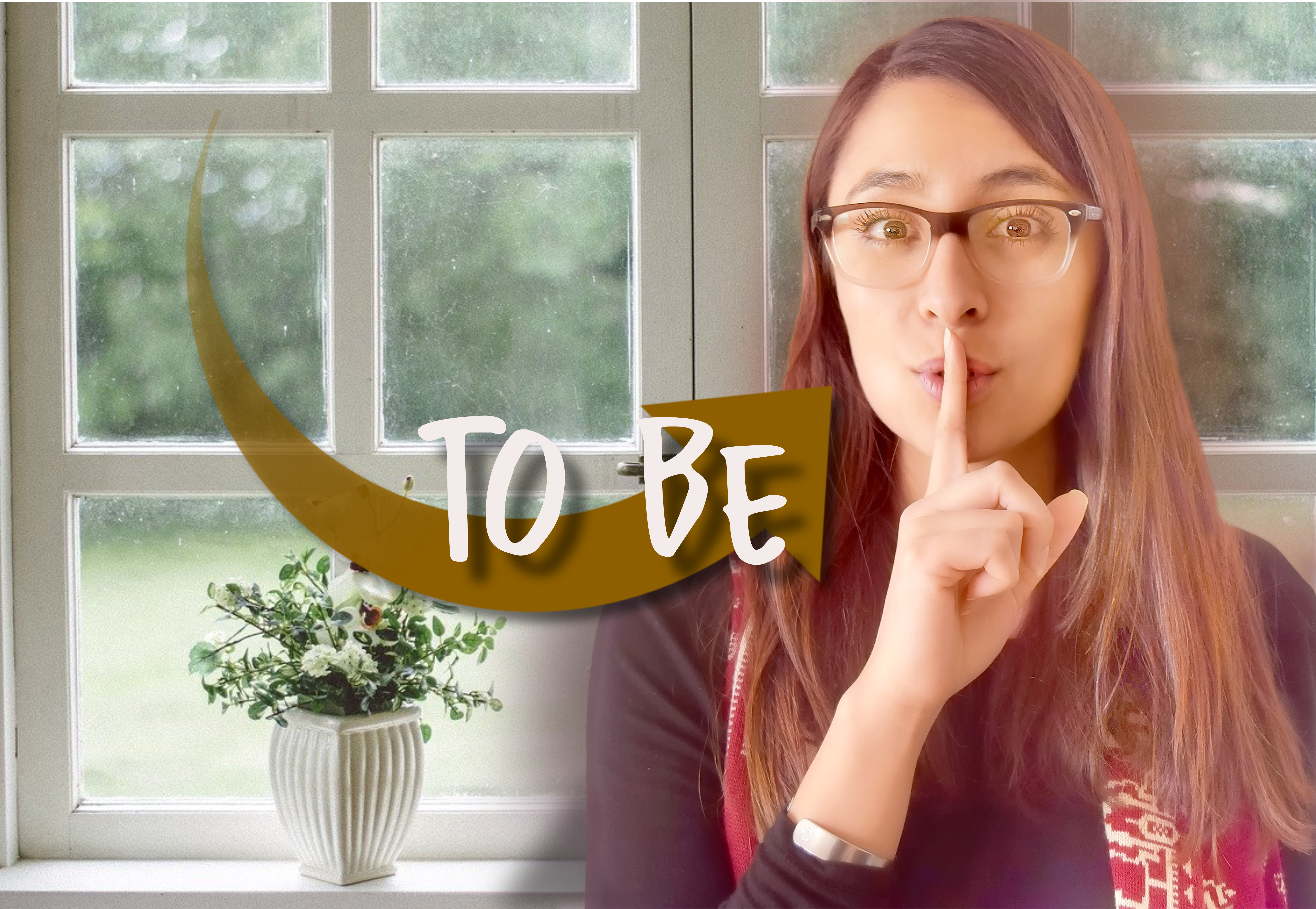Module 1
Descripción de la sección
-
The verb to be and possessive adjetives

Introduction
Verb to be story
Today is Monday. It is 8 o´clock in the morning. A group of teenagers are at school. Their classroom is big and nice. There are five chairs and one desk. There is a brown door, closed. The ceiling fan is off. There are three boys and two girls. They are sitting on the chairs. The teacher is standing next to the blackboard. The class is starting and the teacher writes the topic in the blackboard. The teacher explains a few math exercises.
In the previous story the examples of verb to be are bolded. The verb to be is used in a number of different ways in English. The main use of the simple present of to be expresses a present or general state, whether temporary, permanent or habitual. Also, it can be used to refer to something that is true at the present moment.
Subject pronouns
Full form
Contracted form
I
am
´m
You
are
´re
He, she, it
is
´s
We
are
´re
You
are
´re
They
are
´re
Topics
- The verb to be: Statements and questions with contractions.
- Vocabulary: Countries and nationalities, numbers 11-100, personal information, adjectives or others.
- List of verbs
- Possessive adjectives.
- Vocabulary: Family members, jobs and occupations, sports or others.

